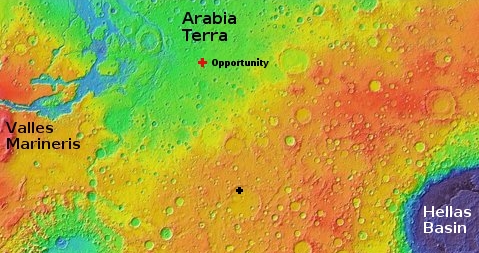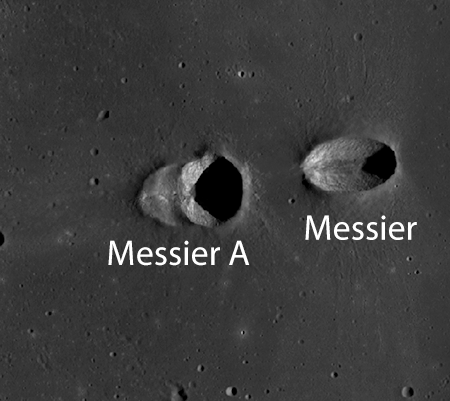COVID-19 model predictions continue to be too high
Two stories off the wire today illustrate again the overheated and over-stated predictions of the computer models being used by federal and government officials are simply wrong.
- Trump Says White House Coronavirus Model Overestimated Number Of Hospital Beds Needed
- IHME model lowers its projected number of U.S. deaths
The first prediction resulted in a panic that caused hospitals nationwide to cease all “non-essential” medical procedures out of fear they would overwhelmed with serious Wuhan virus sufferers. Instead, hospitals sit empty with little activity and some have had to cut staff and hours because the loss of the income from those “non-essential” procedures is bankrupting them. And in New York, the worst hit state, the model was four times too high:
The model projected that New York would need 65,400 hospital beds by April 4, but only 15,905 were actually used, according to former New York Times reporter Alex Berenson.
The second story reports that the IHME model that the White House and state governors have been relying on to justify shutting down the entire U.S. economy, bankrupting millions of small businesses, and putting millions of people out of work, has reduced its prediction for deaths from COVID-19 from about 93,000 to about 82,000, a number is still certainly too high based on the actual deaths so far. Earlier they were claiming hundreds of thousands could die.
Meanwhile, policy nationwide has been based on the assumption, clearly stated by Dr. Deborah Birx, head of the White House coronavirus task force, that “No state, no metro area, will be spared.”
The numbers however make this statement seem absurd. This state-by-state analysis today shows that the bulk of the problem is focused in the New York metropolitan area:
Thus, we can ascertain by these numbers that 53% of all U.S. Coronavirus deaths are coming from the two states of New York and New Jersey.
…If you throw out the numbers for the top five and bottom five states, removing the extreme highs and lows – the other 40 U.S. states (including Puerto Rico) will have suffered an average of 70 deaths from Coronavirus.
In other words, we have allowed our politicians to bankrupt us over an illness that has killed so few people in most of the country (most of which were aged and likely very sick already) that the numbers could almost have been considered rounding errors.
Two stories off the wire today illustrate again the overheated and over-stated predictions of the computer models being used by federal and government officials are simply wrong.
- Trump Says White House Coronavirus Model Overestimated Number Of Hospital Beds Needed
- IHME model lowers its projected number of U.S. deaths
The first prediction resulted in a panic that caused hospitals nationwide to cease all “non-essential” medical procedures out of fear they would overwhelmed with serious Wuhan virus sufferers. Instead, hospitals sit empty with little activity and some have had to cut staff and hours because the loss of the income from those “non-essential” procedures is bankrupting them. And in New York, the worst hit state, the model was four times too high:
The model projected that New York would need 65,400 hospital beds by April 4, but only 15,905 were actually used, according to former New York Times reporter Alex Berenson.
The second story reports that the IHME model that the White House and state governors have been relying on to justify shutting down the entire U.S. economy, bankrupting millions of small businesses, and putting millions of people out of work, has reduced its prediction for deaths from COVID-19 from about 93,000 to about 82,000, a number is still certainly too high based on the actual deaths so far. Earlier they were claiming hundreds of thousands could die.
Meanwhile, policy nationwide has been based on the assumption, clearly stated by Dr. Deborah Birx, head of the White House coronavirus task force, that “No state, no metro area, will be spared.”
The numbers however make this statement seem absurd. This state-by-state analysis today shows that the bulk of the problem is focused in the New York metropolitan area:
Thus, we can ascertain by these numbers that 53% of all U.S. Coronavirus deaths are coming from the two states of New York and New Jersey.
…If you throw out the numbers for the top five and bottom five states, removing the extreme highs and lows – the other 40 U.S. states (including Puerto Rico) will have suffered an average of 70 deaths from Coronavirus.
In other words, we have allowed our politicians to bankrupt us over an illness that has killed so few people in most of the country (most of which were aged and likely very sick already) that the numbers could almost have been considered rounding errors.






